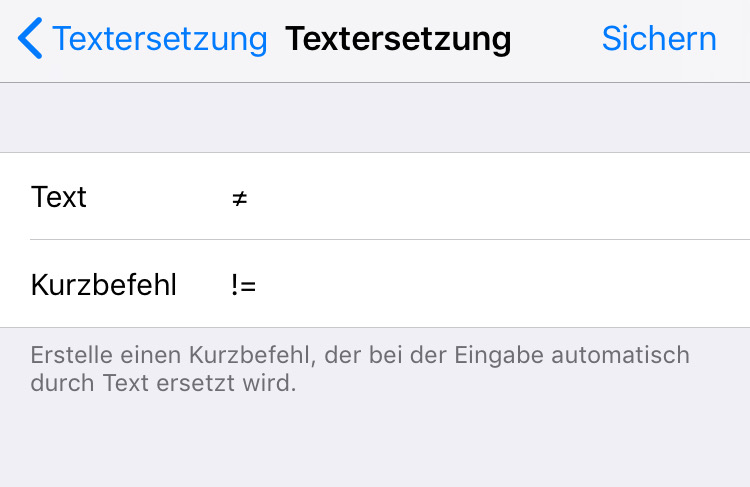
Returns -1, 0, or 1 depending on whether the left argument is stringwise less than, equal to, or greater than the right argument. Returns true if the left argument is stringwise not equal to the right argument. Any help you can provide will be greatly appreciated.

Returns true if the left argument is stringwise equal to the right argument. If I only include one criterion or the other, then it'll work, but I want to take out both. Returns true if the left argument is stringwise greater than or equal to the right argument. Returns true if the left argument is stringwise less than or equal to the right argument. Returns true if the left argument is stringwise greater than the right argument. Returns true if the left argument is stringwise less than the right argument. Assume variable $a holds "abc" and variable $b holds "xyz" then, let's check the following string, equality operators − Sr.No. Assume variable $a holds 10 and variable $b holds 20 then, let's check the following numeric equality operators available in Perl − Sr.No.Ĭhecks if the value of two operands are equal or not, if yes then condition becomes true.Ĭhecks if the value of two operands are equal or not, if values are not equal then the condition becomes true.Ĭhecks if the value of two operands are equal or not, and returns -1, 0, or 1 depending on whether the left argument is numerically less than, equal to, or greater than the right argument.Ĭhecks if the value of the left operand is greater than the value of right operand, if yes then condition becomes true.Ĭhecks if the value of the left operand is greater than or equal to the value of right operand, if yes then condition becomes true.Ĭhecks if the value of the left operand is less than or equal to the value of right operand, if yes then condition becomes true.īelow is a list of equity operators.
#Does not equal sign script how to#
Here’s how to use the NOT EQUAL comparison operator with the clause WHERE.These are also called relational operators in Perl. Here’s the entire list of comparison operators:Įxample of the PostgreSQL WHERE NOT EQUAL combination clause

Let’s look at comparison operators now though, which are the refining symbols used with the WHERE clause for the data to be returned. For example, UPDATE, DELETE, and ORDER BY are statements that pair with the WHERE clause and there are others. It’s good to know that some statements help to refine the rows affected by comparison operators. The three options for the condition of the WHERE results are: unknown, true, or false. If they are not equal, it will output TRUE, and. Whenever Excel sees this symbol in your formulas, it will assess whether the two statements on opposite sides of these brackets are equal to one another. The syntax to use Not-Equal Operator with operands is operand1 operand2.
Furthermore, the rows that match the condition of true will show up in the result. Excel's 'does not equal' operator is simple: a pair of brackets pointing away from each other, like so: ' <> '. The symbol used for Not-Equal Operator is.I had the same issue with a simple batch file to run youtube-dl where the URL I pass has an sign in it. Use: build App Target /p:propertyvalue For additional args with signs just keep pairing them up. Specifically, rows returned in the result response from the SELECT operation are those that were filtered out by the WHERE clause. and do not use the quote chars on the command line call.

A simple example of using the PostgreSQL Where ClauseĪfter you query using an SQL statement, use PostgreSQL Where to get selected data from those results. Otherwise, without NULL, you’ll get a TRUE or FALSE reply.
If a NULL expression is present, it will return an UNKNOWN response to present invalidity. To compare two assessments, use the PostgreSQL comparison operator symbol. The purpose of the PostgreSQL Comparison Operator


 0 kommentar(er)
0 kommentar(er)
